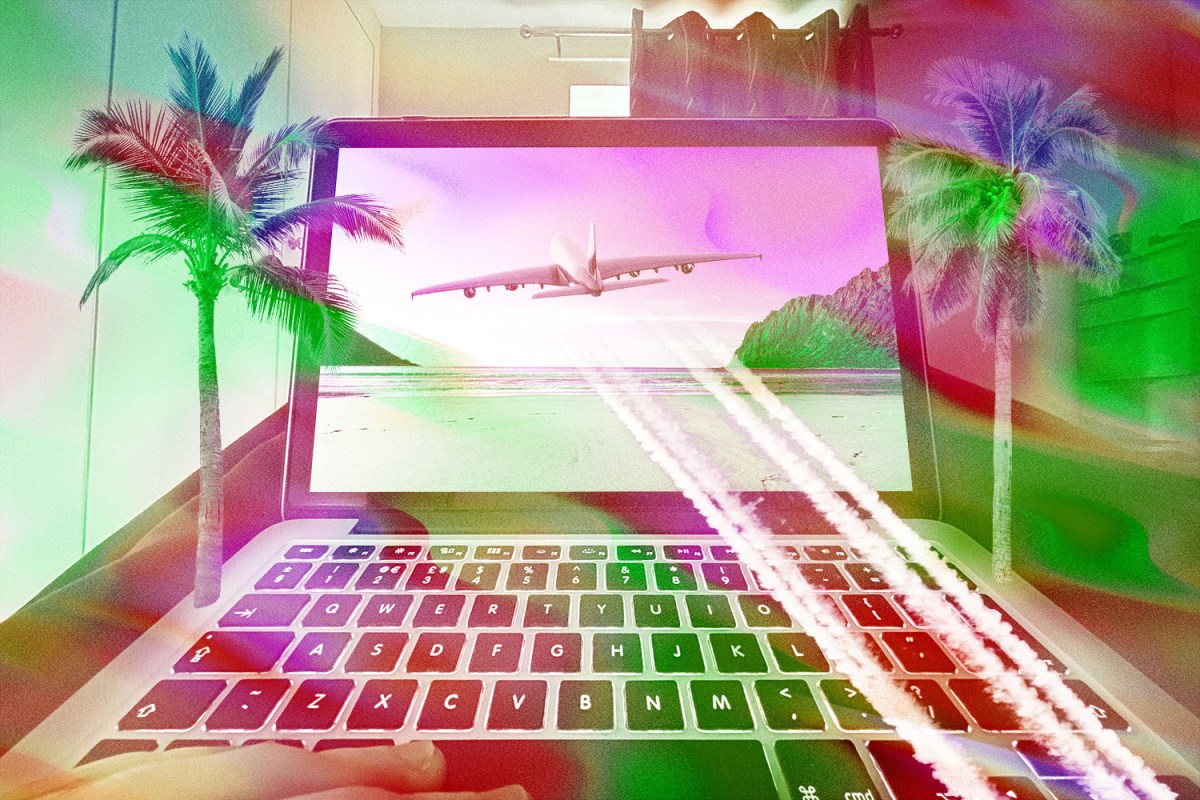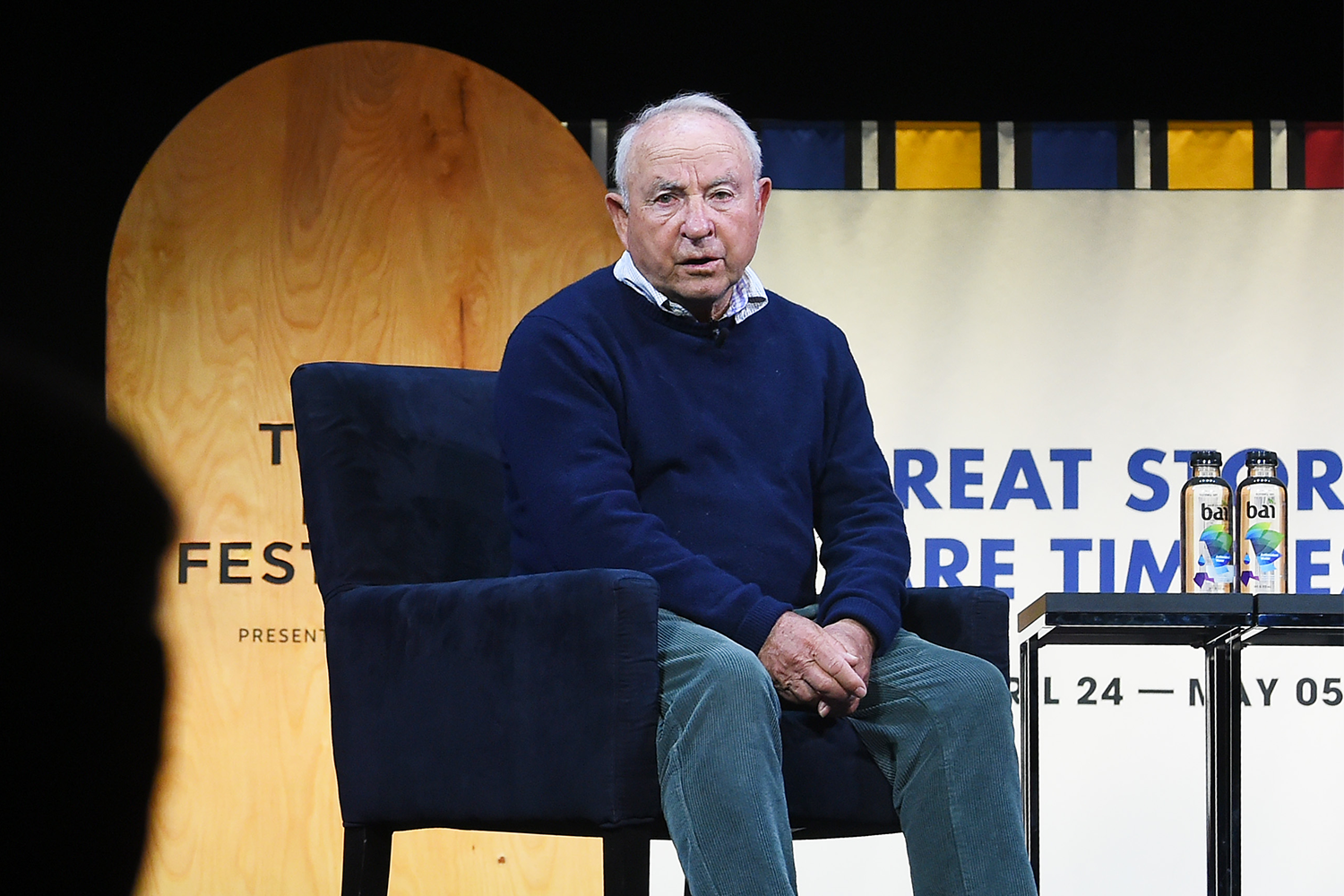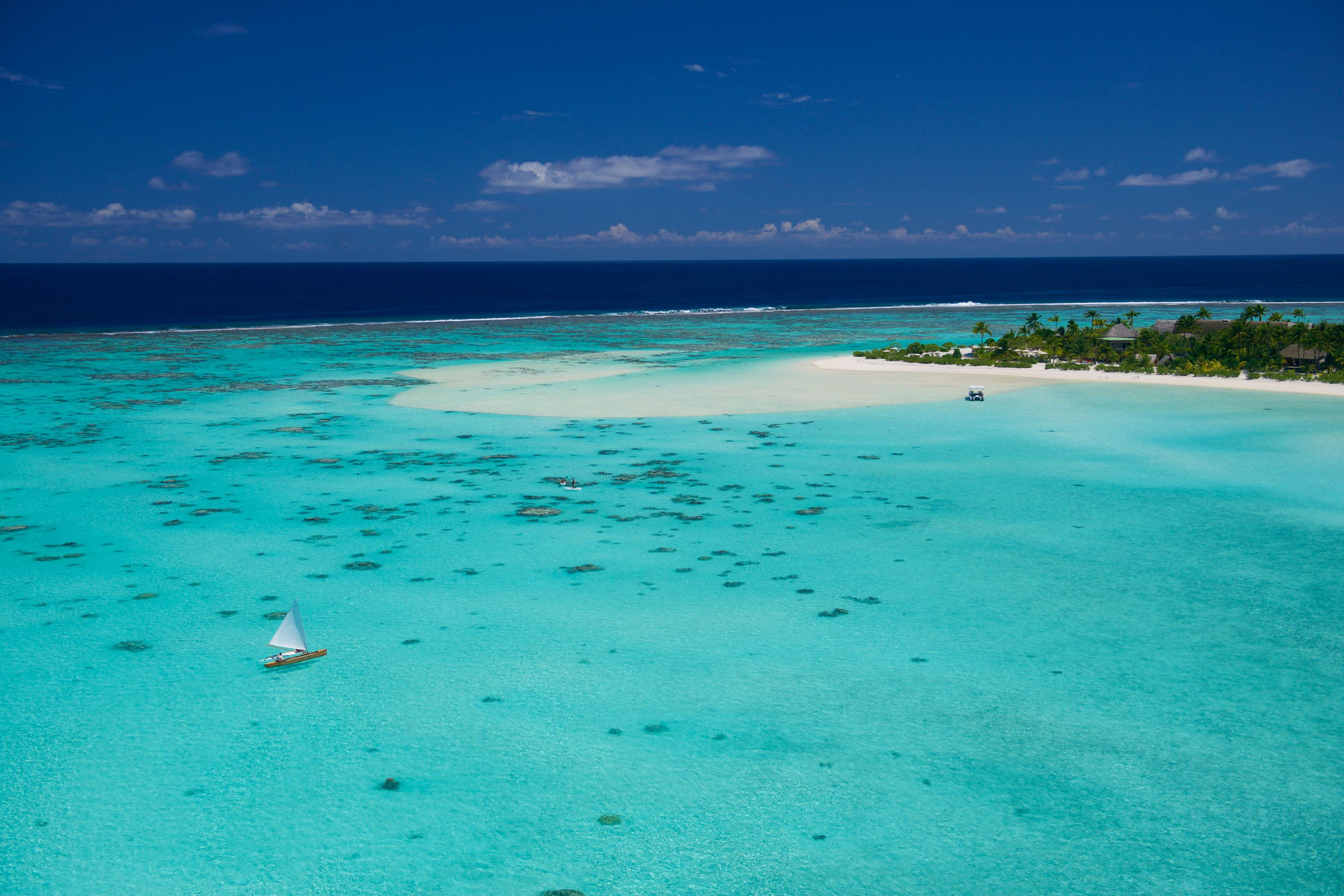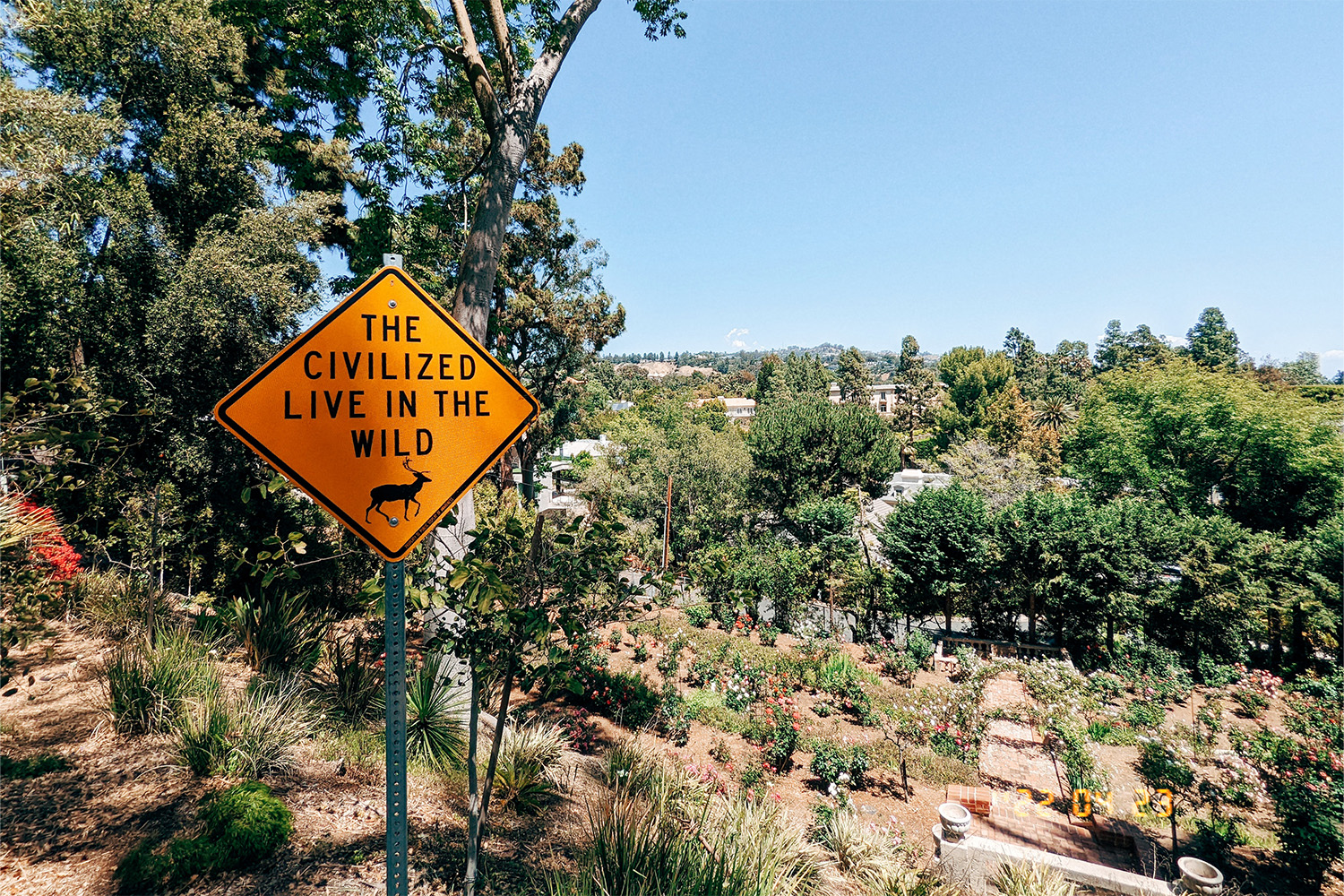Patagonia’s recent decision to donate its company with the intention of fighting climate change is admirable, but few of us have a billion-dollar platform that we can leverage for the good of the Earth. So how do we, the Average Joes with nothing but a passport and wanderlust, feed our insatiable lust for travel while doing so mindfully? Is sustainable travel even possible?
Absolutely.
But is it fulfilling – and more importantly, will it actually make a positive impact on our planet’s ecosystem?
These companies believe so.
The Renaissance of Armchair Travel
Even from 4400 miles away, it looked like a beautiful afternoon in Marrakech. The blue skies shined through my computer screen, perking me up with pseudo-sunlight all the way in Florida.
A live video feed showed Morocco’s famous Medina. Vendor booths sat beneath tents and tarps, selling everything from food and pottery to clothing and jewelry to the few hundred people that comprised the COVID-conscious crowd in December of 2020.
My virtual Moroccan trip was actually the first beta test for Local Purse, a personalized live shopping experience that addresses six of the UN’s Sustainable Development Goals. I attended what’s now known as the Marrakech Spices and Wellness Experience; today, there are multiple virtual tours available including shopping for Incan gold and silver art in Cusco, Peru, porcelain in Ljubljana, Slovenia and fabrics from Bourj Hammoud, Beirut.
“Now more than ever is why a platform like Local Purse is important,” said Lola Akinmade Åkerström, CEO of Local Purse. “To keep us connected and continue its social impact while saving money and reducing our collective environmental footprint.”
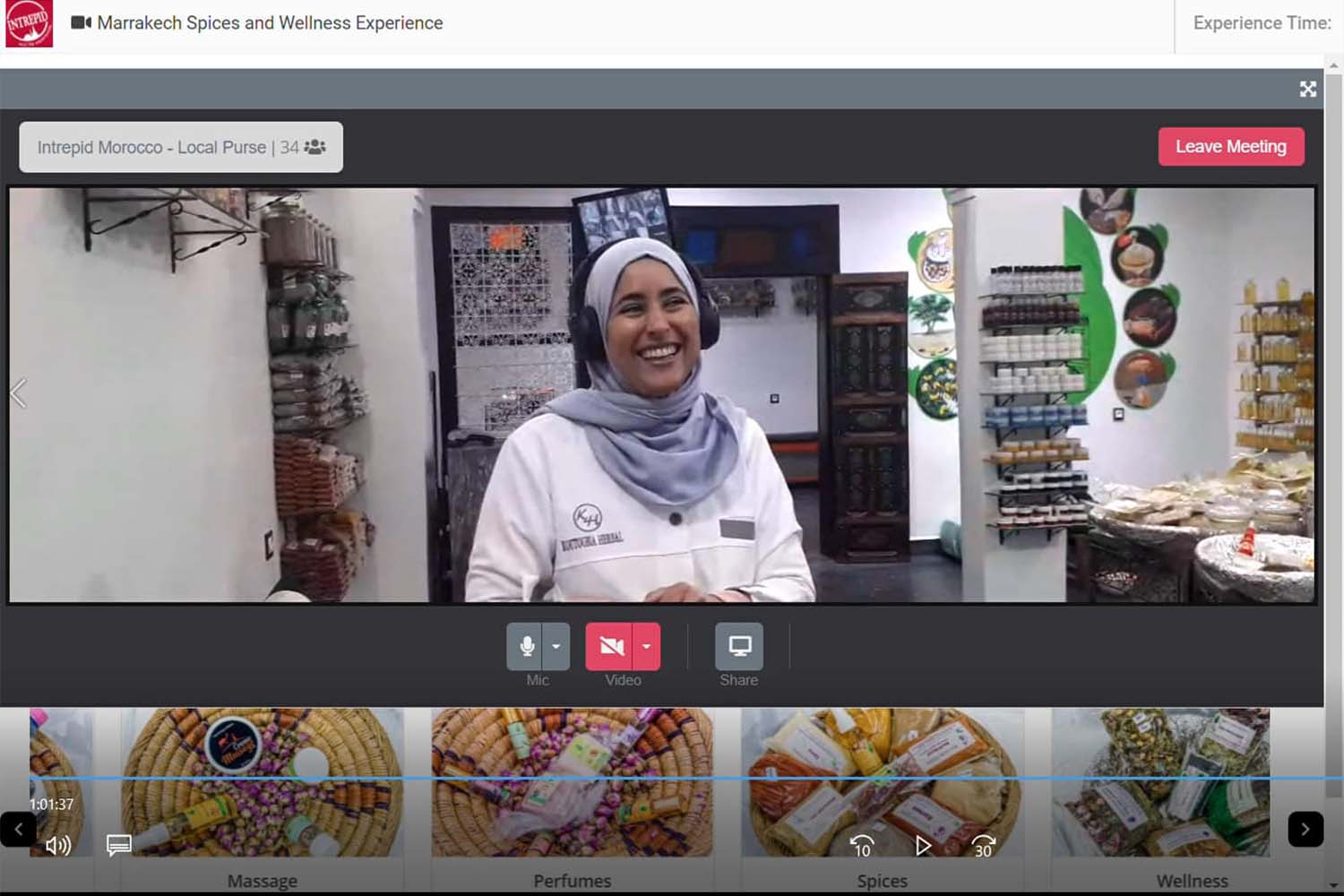
These personalized tours are unique ways to immerse yourself in a culture. They include a local guide, allowing you to have a meaningful interaction with someone who acts as a shopping buddy. Whether you’re choosing a product off of the rack or commissioning a custom piece, your guide will get it purchased and shipped to your doorstep no matter which corner of the world you’re shopping from.
“People have reprioritized bucket list items on their travel plans,” she continued. “Borders still remain and are tightening up even more. Accessibility problems still remain.”
Local Purse certainly deserves props for ingenuity, though they’re far from the only platform offering travelers an opportunity to experience other cultures through a virtual excursion. I’ve joined a mini virtual tour around Estonia led by the Visit Estonia tourism board and celebrated Hanukkah with the Israel Tourist Board as they took our virtual group to the famous Kadosh bakery in Jerusalem. And lest we fail to mention the OnlyFans account that the Vienna tourism board temporarily opened to showcase the nude artwork in their museums.
Creativity and technology have brought the world to our doorstep; now, unique platforms are going one step further to connect communities across the world on a more intimate level.
Another platform conceptualized during the pandemic is Postcard which aims to “inspire a new generation of mindful travelers through storytelling.” They welcome everyone from members of travel media and tour operators to luxury hotels and tourism boards to share stories on the Postcard platform.
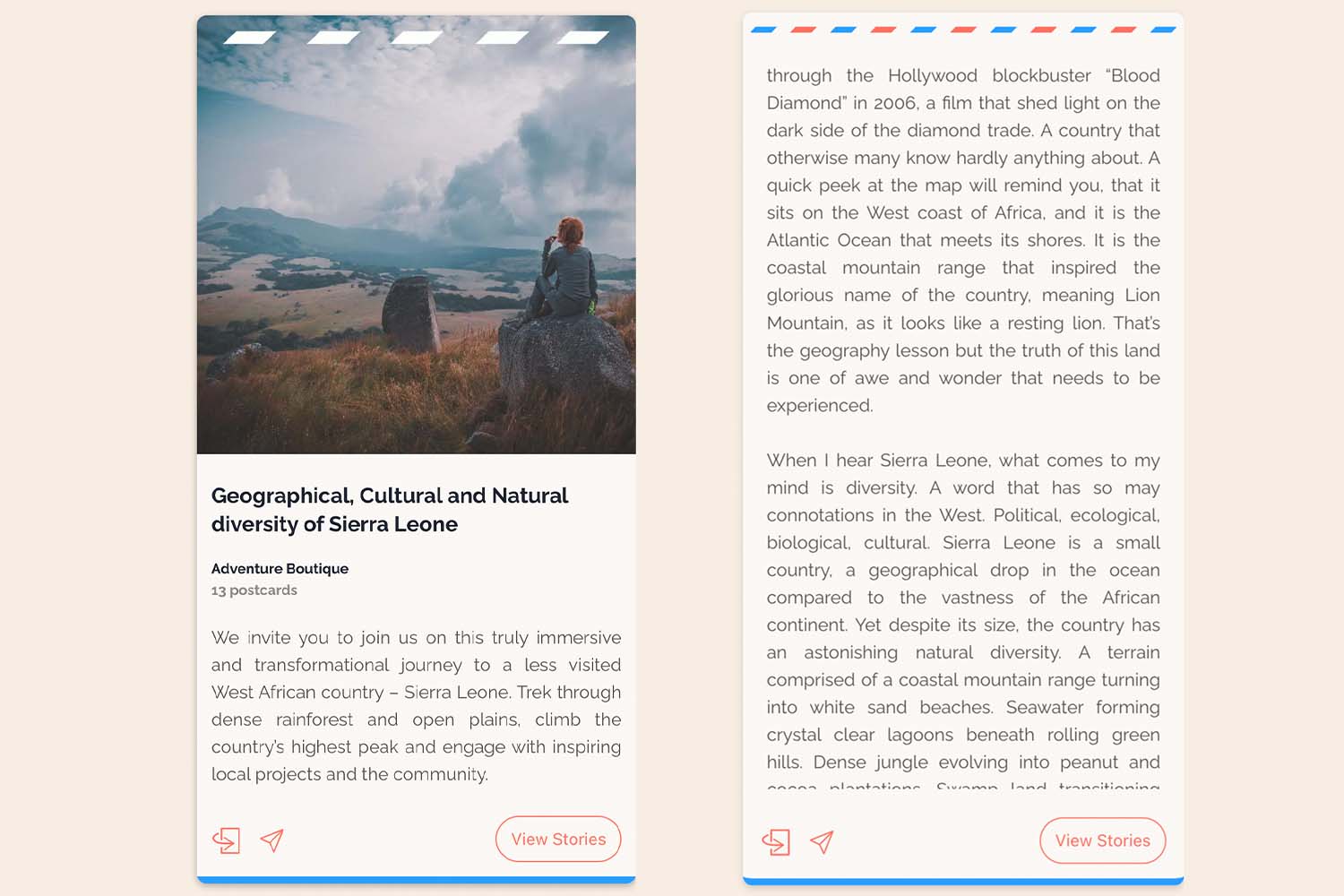
“The health of our planet depends on the actions of our society,” said Amit Jaipuria, founder of Postcard. He created the platform to enable travelers to better identify luxury hotels and tour operators who genuinely support their local communities and represent an authentic voice for responsible tourism in their area.
Users can browse Postcard’s growing list of luxury accommodations and tour operators to learn more about how they’re promoting tourism in their local communities. For instance, you can discover the ways a specific Sierra Leone tour impacts the local economy via visiting remote villages or how a desert resort in India facilitates visits to a sustainable farm which showcases indigenous and native vegetation.
“Travel can serve as a force for good,” Jaipuria continued. “Traveling with stories offers global travelers an opportunity to connect with local communities and share their message with the world. Consumers and governments should embrace this opportunity and, together, build towards a more sustainable world.”
A few other virtual experiences to stamp on your virtual passport include:
- ToursByLocals: Hook up with a local in one of 44 countries and let them take you by the virtual hand on a private tour of Mont St. Michel in France, the Sugarloaf Mountain cable car in Rio de Janeiro and the Kyoto Zen Garden.
- Flyover Zone: Get a literal overview of the world’s iconic historic monuments with Flyover Zone’s virtual tours that showcase the destination as it looks now, as well as virtual reconstructions that show you what damaged or destroyed sites originally looked like.
- Indagare Global Classroom: Got five-minutes for a trip to Jordan or fancy a short ride on the Venice Simplon-Orient Express? Indagare Global Classroom offers a variety of group, private and free experiences that will take you around the world in 80 megabits per second.
Wandering the World (Wide Web)
Google Arts & Culture partnered with over 1,200 museums and galleries to facilitate virtual visits to these landmark destinations while other developers partnered with groups like National Geographic and World Wildlife Fund to design applications for VR headsets that allow users to roam through the Vatican, Grand Canyon, Patagonia and even Mount Everest.
Some of the most unique include:
- National Geographic Explore VR: This immersive game involves scouring and photographing Machu Picchu and Antarctica.
- Alcove: A family-focused experience in which you can virtually explore landscapes in unique ways such as hot air ballooning over the Swiss Alps.
- Wander: Merge Google StreetView with Wikipedia and you get Wander, a VR experience that lets you wander around the globe while learning about your chosen destinations.
There’s no doubt that these immersive experiences are quite stunning, though they’re missing a core element of travel: direct human interaction.
Similar to Local Purse, Beeyonder offers live and interactive virtual guided tours. A stroll through Auckland, wandering through the Canadian Rockies and waltzing into the Temple of Luxor are only three of the nearly 300 walking tours available.
While Context Travel is primarily a platform for booking in-person tours, they also host virtual live-taught seminars and courses relevant to their excursions. For instance, if you’re unable to join their small group or private tours of Rome’s archaeological sites, you can attend a virtual eight-part course on Italian architecture through the ages led by an architectural historian.
The advancement and accessibility of technology allows us to connect with places and people throughout the world, though who can say they’re truly content viewing the globe from a computer screen?
Purposeful Booking
Taking virtual tours and researching mindful tourism businesses puts our hearts in the right place, but the reality is that a proactive approach to lessening our carbon footprint is the one way that we can ensure that our travels are as sustainable as possible.
“Traveling sustainably is a choice and requires action by all if we are to get to net zero,” said Nelly O. Gedeon, founder and CEO of WAYAJ. “We are hopeful that once everyone plays their role to get to that point, travel will have considerably reduced its negative impact on the environment.”
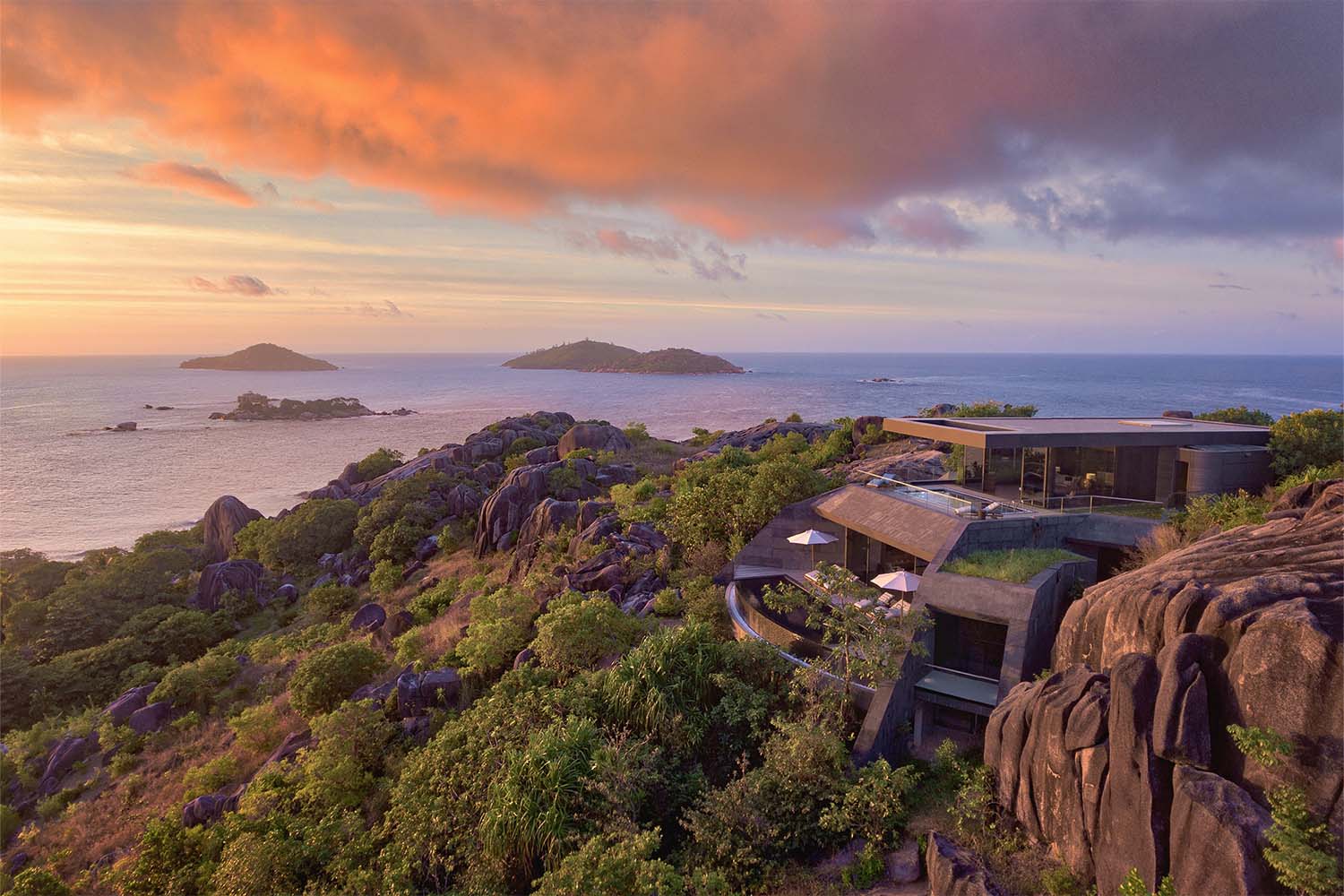
WAYAJ created the platform Alight which aims to be a traveler’s one-stop-shop for booking a fully sustainable vacation. This booking platform works exclusively with sustainable hotels, rating them in seven categories which include factors like energy consumption, waste disposal and their impact/involvement with their local communities.
“I think the biggest obstacle is lack of education and not being aware of how easy it is to lower their carbon footprint by the choices they make when traveling,” she continued. “Travelers should also support local communities and initiatives in the locations they visit. They can volunteer while on their trips to help to improve the livelihood of the communities and do their best to limit any activities that could have a negative impact and try to preserve and protect the communities they visit.”
Simply providing a platform for sustainable tourism isn’t enough for Alight’s founder. They double down on their mindfulness by allowing users to offset the carbon emissions generated during their trip, including transportation.
Their Carbon Footprint Engine Calculator equates the exact carbon footprint of a user’s stay, highlighting details like the number of hotel key cards or plastic straws utilized at the hotel. The user can then opt to offset their carbon impact by contributing to Alight’s vetted Carbon Offset Projects and social programs to ensure their roundtrip is carbon neutral.
“While there is greater emphasis on getting to net zero by 2040, there is still a lot of work to be done to educate travelers on the things they can do e.g. staying at hotels that are doing everything they can to reduce the carbon footprint of their operations from building to day to day services.”
Keep mindfulness in mind when booking your trip by using these other sustainability-focused resources:
- Goodwings: Similar to Alight but geared towards business travel, Goodwings is a booking platform that calculates and removes all carbon emissions from a trip via sustainable tree-planting projects.
- Kind Traveler: Kind Traveler’s Give + Get booking platform incentivizes users to unlock hotel discounts and upgrades via a donation to a local community or charity. 100 percent of donations go towards these organizations and the user will receive a report detailing the impact of their donation.
This article was featured in the InsideHook newsletter. Sign up now.
